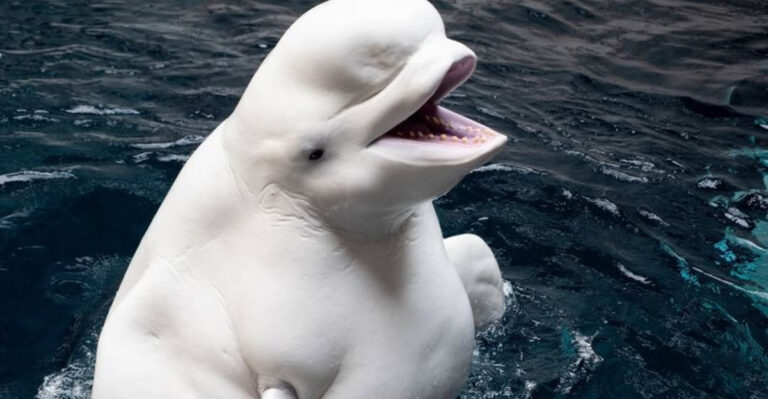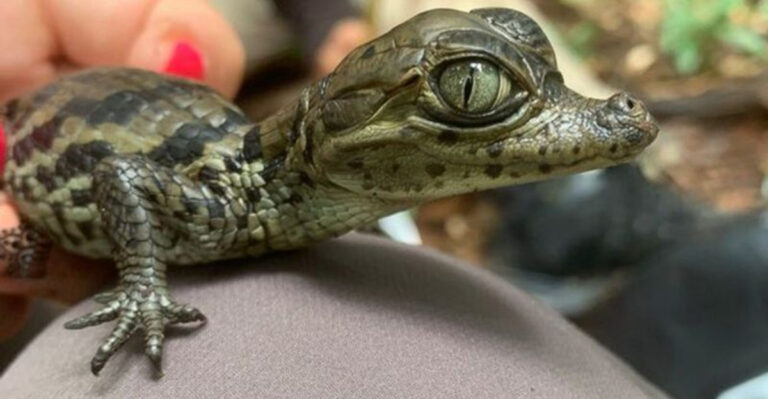10 Fascinating Ocean Creatures We’ll Never Encounter Again
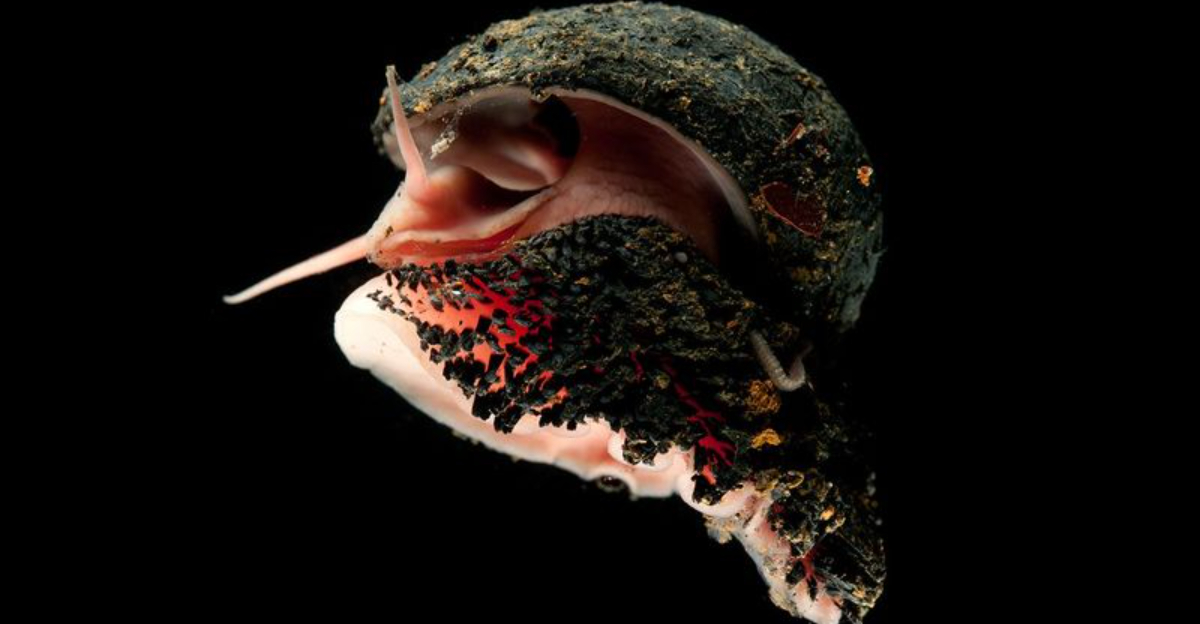
The ocean is home to an incredible array of life, but not all of its inhabitants have survived the test of time.
Human activity, environmental changes, and natural factors have led to the extinction of many remarkable marine creatures.
Here’s a look at fascinating oceanic and related beings that have vanished from our world, leaving only their stories behind.
1. Steller’s Sea Cow
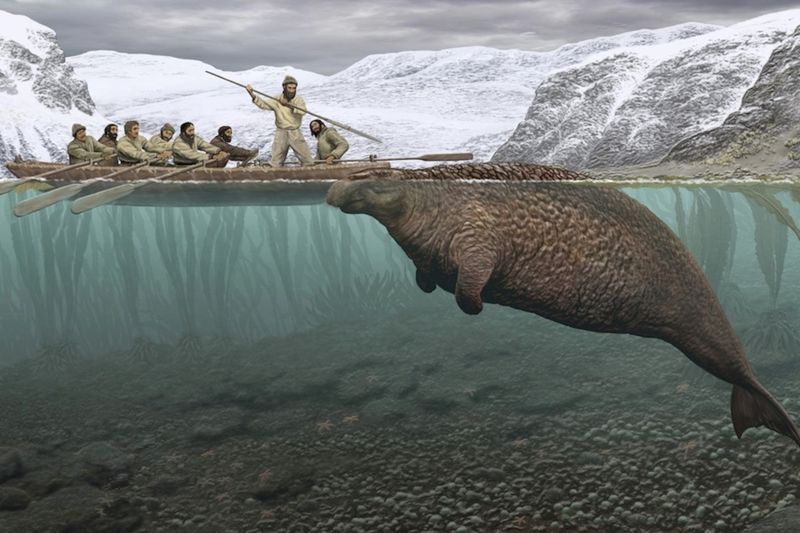
Steller’s Sea Cow was a gentle giant that once roamed the Bering Sea. Growing up to 30 feet long, these herbivores were hunted relentlessly.
Despite their massive size, they were easy targets, and within 27 years of their discovery in 1741, they were wiped out. This extinction highlights the impact of human exploitation on marine life.
Their blubber-rich bodies made them highly sought after for meat and oils. With no natural predators other than humans, their slow-moving nature made them especially vulnerable.
2. Great Auk
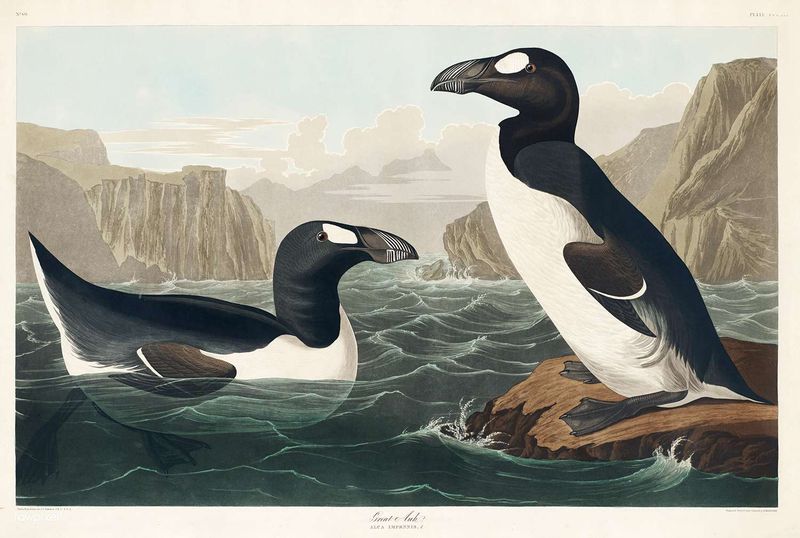
The Great Auk was a striking flightless bird that graced the northern Atlantic coasts. It was hunted aggressively for its meat, eggs, and feathers, leading to its swift decline.
By 1844, the last known pair was killed in Iceland, a sobering reminder of unchecked human predation. These birds were once abundant, their presence vital to the ecosystem.
Their extinction serves as a tragic example of how species can vanish due to human greed. Today, their legacy lives on in museums and literature, a reminder of a bird lost to time.
3. Caribbean Monk Seal
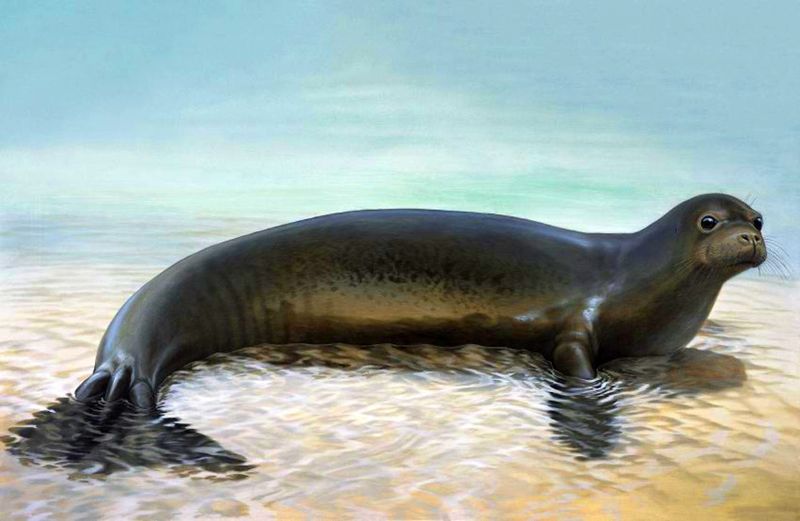
The Caribbean Monk Seal was a familiar sight in the warm Caribbean waters. Unfortunately, it was hunted for its oil and meat, and habitat destruction further pressed their numbers.
By the 1950s, they were considered extinct in the wild, marking another marine species’ loss. Efforts to find surviving individuals proved futile.
Their disappearance underscores the impact of human activities on marine ecosystems. Conservationists continue to learn from their story, working to protect other vulnerable species from a similar fate.
4. Baiji
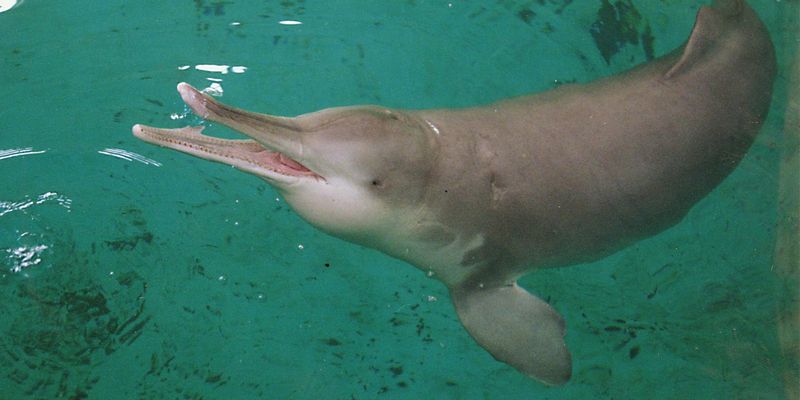
The Baiji, also known as the Yangtze River dolphin, was a unique freshwater species. Pollution, boat traffic, and fishing nets severely threatened them, leading to their extinction around 2006.
With no confirmed sightings since 2002, they are considered functionally extinct. Once a symbol of the Yangtze, their loss highlights the consequences of industrial growth and neglect.
Conservationists were too late, and the Baiji’s tale is a cautionary one. The river’s silent waters remind us of what was lost due to human negligence and environmental degradation.
5. Pinta Island Tortoise
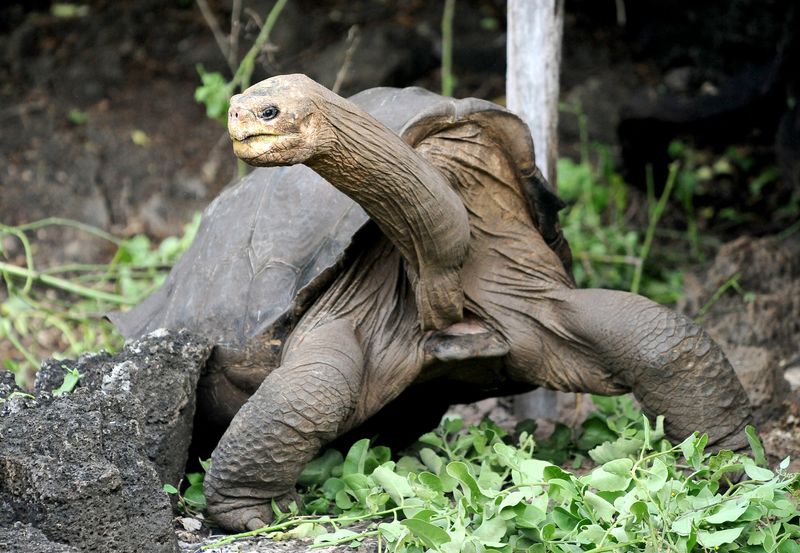
While not a traditional sea creature, the Pinta Island Tortoise from the Galápagos is closely tied to marine ecosystems. Lonesome George, the last of his kind, died in 2012, marking the species’ extinction.
Habitat destruction and invasive species played crucial roles in their demise. Their extinction story is intertwined with human activities.
George’s presence was a symbol of conservation efforts, yet a reminder of how delicate ecosystems can be. His legacy continues to inspire protection efforts for other endangered species across the globe.
6. Hawaiian Monk Seal
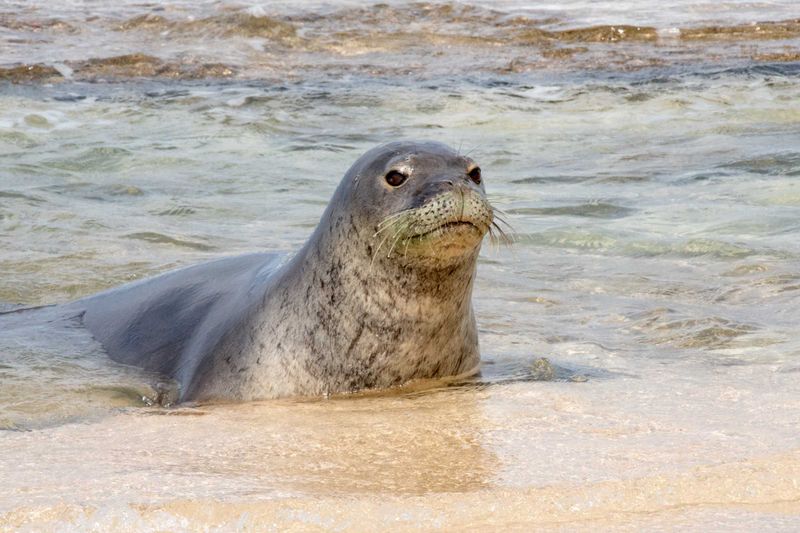
The Hawaiian Monk Seal is still seen today, but its now-extinct subspecies, the ‘upper Hawaiian Monk Seal,’ was not so fortunate. Human hunting and habitat destruction led to their disappearance.
Conservation of the remaining seals remains critical. These seals are integral to Hawaii’s marine ecosystem. Their decline reflects the impact of introduced predators and environmental changes.
Continued efforts are necessary to prevent remaining subspecies from sharing the same fate. They stand as a testament to the ongoing struggle to preserve marine biodiversity.
7. The Scaly-Foot Gastropod
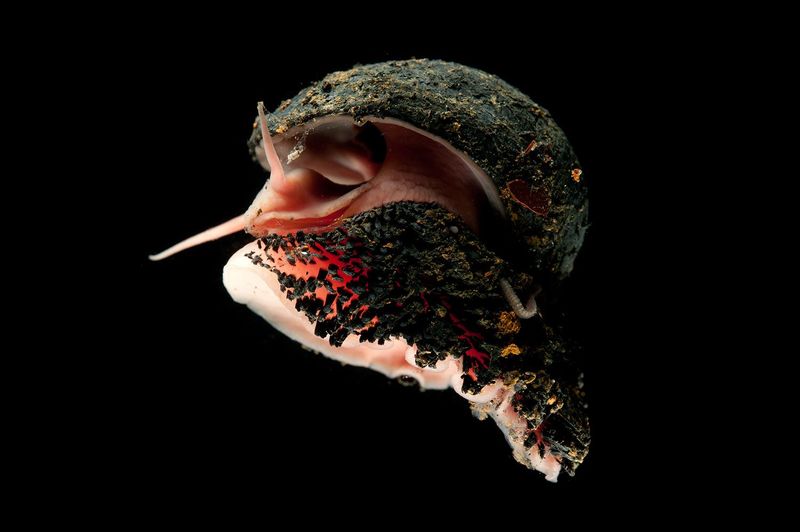
The scaly-foot gastropod, known for its iron-coated shell, inhabited deep-sea hydrothermal vents. Mining and overharvesting have led to their decline, potentially pushing them to extinction.
Their unique armor-like appearance made them stand out in ocean depths. Their existence is threatened by human activities targeting deep-sea resources.
Conservation efforts are challenging due to their remote habitat. Their potential extinction serves as a warning about the impact of resource extraction on fragile ecosystems. They were a unique emblem of nature’s creativity.
8. The Passenger Pigeon
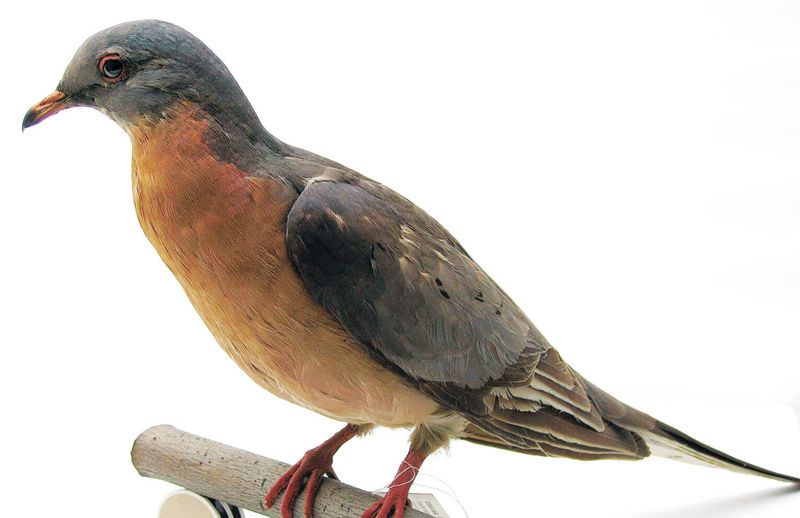
Passenger Pigeons, while forest-dwellers, relied on coastal wetlands for migration. Overhunting in the 19th century led to their extinction by the early 20th century. Their story is one of dramatic population collapse due to human activities.
The loss of Passenger Pigeons showcases the devastating effects of unregulated hunting. Their extinction is a historic lesson in conservation, underscoring the need for sustainable practices.
Their migrations once inspired awe, but now they serve as a poignant reminder of nature’s vulnerability to human intervention.
9. Tasmanian Tiger
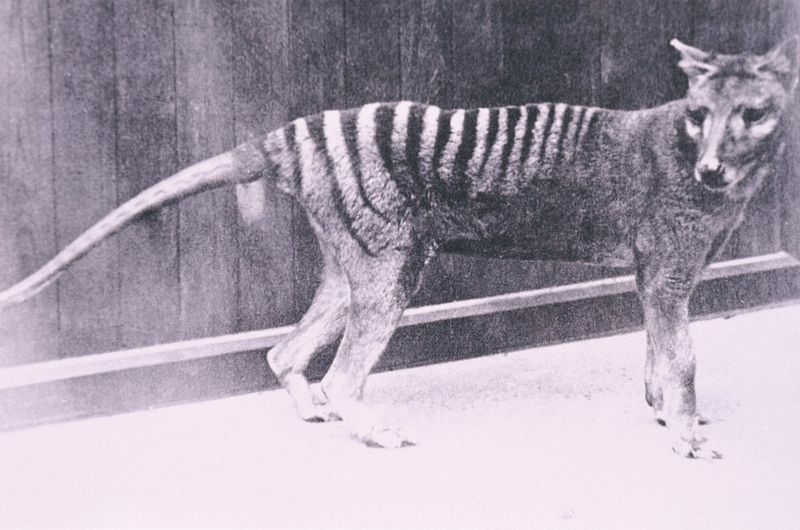
The Tasmanian Tiger, or thylacine, was a unique marsupial known to roam coastal areas in Australia. Its extinction in the 1930s was driven by overhunting and habitat destruction.
Though land-based, its interactions with marine ecosystems add it to this list. Their distinct appearance and behavior made them a fascinating subject of study. The thylacine’s demise illustrates the impact of human-introduced predators.
Conservationists continue to use their story to rally efforts in preserving other endangered species. Their absence is deeply felt in Australia’s natural history.
10. The Basking Shark
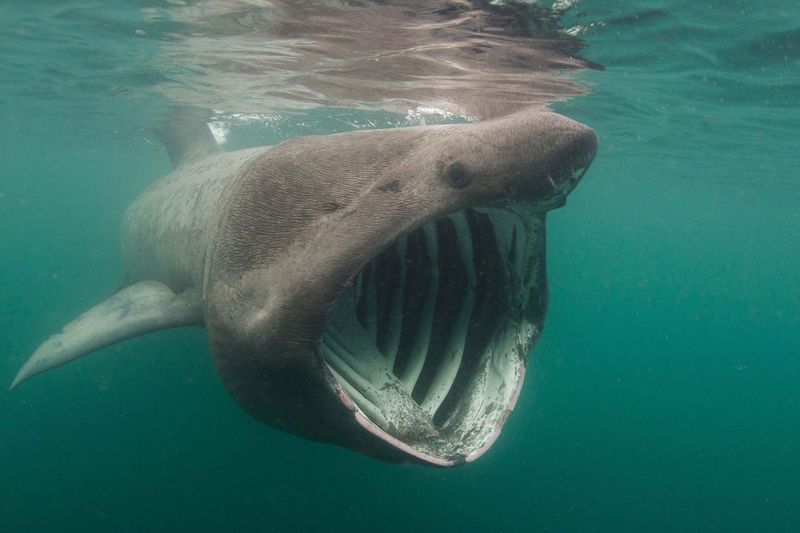
Basking Sharks still exist today but ancient larger forms once thrived in prehistoric oceans. Climate changes and human activities likely contributed to their disappearance. The remaining species remind us of the ocean’s dynamic history.
These ancient giants were crucial to marine ecosystems. Their loss highlights the importance of preserving current marine biodiversity.
As we study their remains, we gain insights into oceanic life’s evolution. Their story is one of adaptation and survival, serving as a reminder of the ocean’s ever-changing nature.

